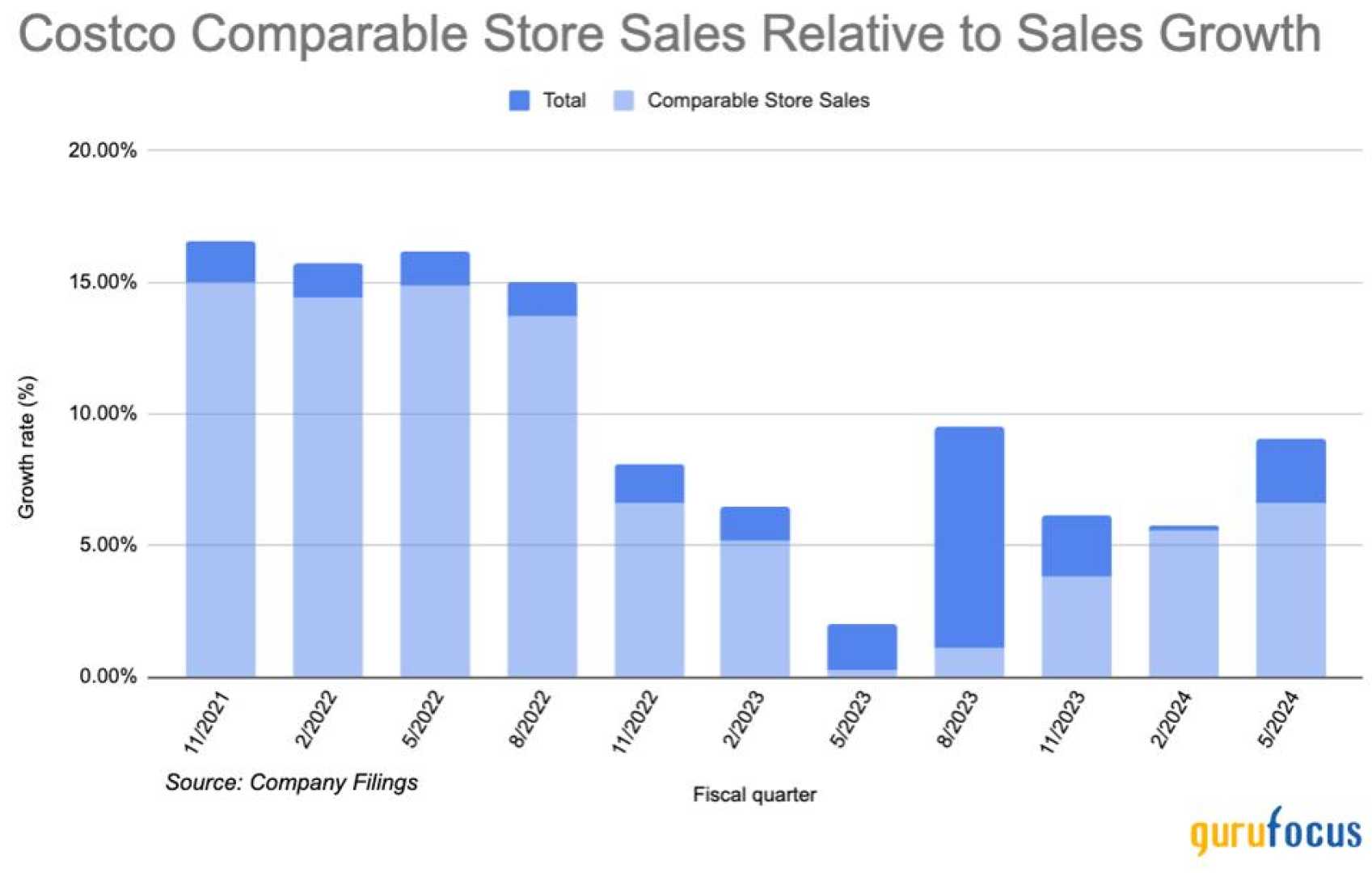Business
Amazon vs. Costco: Retail Giants Battle for Investor Favor in 2024

SEATTLE, Wash. — As the retail sector rebounds from inflation challenges, two industry giants, Amazon and Costco, are showcasing impressive growth, leaving investors to decide which stock offers the better opportunity in 2024. Both companies have demonstrated resilience, with strong performances driving stock prices upward, but their strategies and market positions differ significantly.
Amazon, the largest e-commerce retailer in the U.S., reported $158.9 billion in sales for the third quarter of 2024, marking an 11% year-over-year growth. The company’s net income reached $15.3 billion, bolstered by its dominance in online shopping, which accounts for nearly 40% of all U.S. e-commerce sales. Amazon’s logistics network, including new distribution centers, ensures faster delivery and a seamless customer experience. Additionally, its cloud computing division, Amazon Web Services (AWS), grew 19% year over year, contributing 17% of total sales and 62% of operating income.
“Generative AI is a once-in-a-lifetime opportunity,” said Amazon CEO Andy Jassy, highlighting AWS’s role in providing cutting-edge AI solutions to customers. The company’s advertising business and constant innovations further solidify its position as a multifaceted powerhouse.
In contrast, Costco Wholesale relies on its membership model to drive growth. With $61 billion in sales and a 7.5% growth rate in the fiscal first quarter of 2025, Costco emphasizes consistency and customer loyalty. Paid memberships increased 7.6% year over year to over 77 million households, with renewal rates at 92.8% in the U.S. and Canada. The company’s e-commerce sales grew 13% in the first quarter, with a notable 34% spike in November due to Thanksgiving-related sales.
“Costco’s main business isn’t selling products; it’s selling memberships,” said an industry analyst. The company’s dependable model, coupled with a small but reliable dividend, makes it an attractive option for income-focused investors.
While Amazon’s faster growth and diverse opportunities make it appealing for growth-oriented investors, Costco’s stability and membership-driven revenue model cater to those seeking steady returns. Amazon’s price-to-earnings (P/E) ratio of 47 is lower than Costco’s 55, making it a relatively better value. However, Costco’s high renewal rates and consistent performance offer a sense of security.
As the retail landscape evolves, both companies are adapting to emerging trends. Amazon is investing in sustainability initiatives, including renewable energy and eco-friendly packaging, while Costco focuses on sustainable sourcing and integrating e-commerce into its traditional retail framework. The shift toward digital ordering and contactless shopping is expected to continue, providing both companies with opportunities to innovate.
Ultimately, the choice between Amazon and Costco depends on individual investment goals. Growth-focused investors may favor Amazon, while those prioritizing stability and passive income might lean toward Costco. As these retail titans continue to shape the industry, their influence extends beyond commerce, impacting consumer behavior, economic frameworks, and environmental policies.












